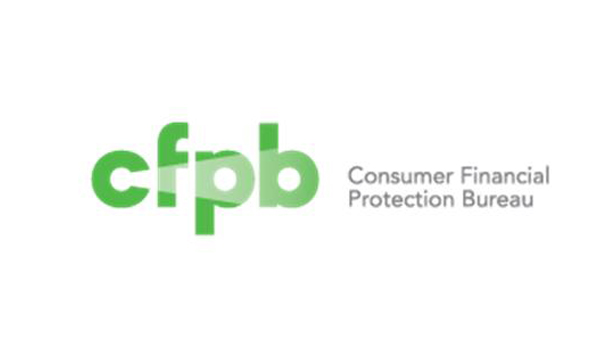The Consumer Financial Protection Bureau (CFPB) recently released a report on the fees garnered by financial institutions through overdraft protection and non-sufficient funds (NSF) services. The CFPB’s report showed that revenues from overdraft protection and NSF fees reached an estimated $15.47 billion in 2019 and that the fees represented two-thirds of reported fee revenues.
Three banks, JP Morgan Chase, Wells Fargo, and Bank of America collected 44% of the fee revenue for overdraft protection and NSF. In the CFPB’s press release, CFPB’s Director Rohit Chopra said, “Rather than competing on quality service and attractive interest rates, many banks have become hooked on overdraft fees to feed their profit model. We will be taking action to restore meaningful competition to this market.”
The CFPB cites that 9% of account holders had 10 or more overdrafts and that those consumers accounted for 80% of all overdraft revenues. The FDIC reported that banks increased overdraft and NSF fee revenues during the 3rd quarter of 2021 by 36% from the previous year. The  bureau reported that although smaller financial institutions on average had lower overdraft fees, the outcomes for consumers of both large and small financial institutions was similar.
bureau reported that although smaller financial institutions on average had lower overdraft fees, the outcomes for consumers of both large and small financial institutions was similar.
Data points from 2014 show that 92% of small banks have an overdraft protection program while 60% of credit unions had overdraft programs. According to the report, credit unions on average annually earned $42.33 per account in overdraft fees while small banks earned $40.37 per account in overdraft tees. The CFPB said that it will be “enhancing its supervisory and enforcement scrutiny of banks that are heavily dependent on overdraft fees”.


